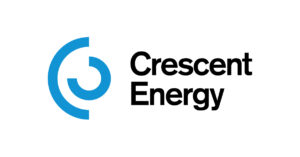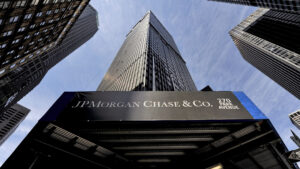- Earnings Per Share of $2.54, surpassing the estimated $1.87.
- Revenue of approximately $7.19 billion, slightly below the estimated $7.28 billion.
- Full-year net profit guidance increased to 10.5 billion euros, up from 9.3 billion euros.
UniCredit, trading under the symbol UNCFF on the OTC exchange, is a prominent banking institution in Europe. It offers a wide range of financial services, including retail banking, corporate banking, and investment banking. The company competes with other major European banks like BNP Paribas and Deutsche Bank.
On July 23, 2025, UniCredit reported earnings per share of $2.54, surpassing the estimated $1.87. Despite this positive earnings surprise, the company generated revenue of approximately $7.19 billion, slightly below the estimated $7.28 billion. This mixed performance reflects the company’s ability to manage costs effectively while facing revenue challenges.
UniCredit has increased its full-year net profit guidance following a significant rise in its second-quarter profits. The bank reported a 25% year-on-year increase in net profit, reaching 3.3 billion euros ($3.87 billion) in the second quarter, including one-off items, and 2.9 billion euros without them. This strong performance has led UniCredit to anticipate its full-year net profit to reach 10.5 billion euros, up from the previous guidance of 9.3 billion euros issued in the first quarter.
The decision to withdraw its takeover bid for Banco BPM, as highlighted by CNBC, was influenced by the Italian government’s “golden power” rules. These rules allow Rome to intervene in transactions that could affect national security. The government, led by Giorgia Meloni, imposed several conditions on the proposed takeover, leading UniCredit to step back from the bid. This strategic move allows UniCredit to focus on its core operations and financial performance.
UniCredit’s financial metrics provide insight into its market valuation and financial health. The company has a price-to-earnings (P/E) ratio of approximately 9.40, indicating the market’s valuation of its earnings. Its price-to-sales ratio stands at about 3.73, reflecting the company’s market value relative to its sales. However, the enterprise value to operating cash flow ratio is negative at -24.16, which may indicate challenges in generating cash flow relative to its enterprise value. The debt-to-equity ratio is 1.43, showing the company’s leverage level, while the current ratio is 0.16, suggesting potential liquidity concerns in meeting short-term obligations.




